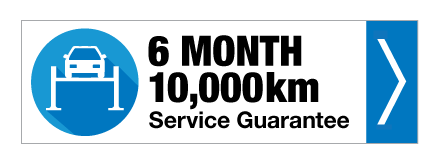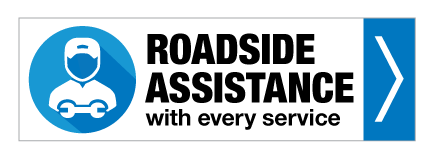Your car’s dashboard is like a digital translator between you and your vehicle, with warning lights that serve as its primary communication tool. While most drivers are familiar with the check engine light or the oil pressure warning, there are many lesser-known symbols that can leave you scratching your head. Ignoring these unfamiliar alerts could lead to costly repairs or safety risks. Let’s decode some of the less common dashboard symbols to help you understand what your car is trying to tell you.
1. Tyre Pressure Monitoring System (TPMS) Warning
This symbol looks like an exclamation mark inside a horseshoe or a flat tyre. It indicates that one or more of your tyres have low pressure. Driving with incorrect tyre pressure can reduce fuel efficiency, affect handling, and cause uneven tyre wear. If this light comes on, check your tyre pressure immediately and inflate them to the manufacturer’s recommended levels.
2. Diesel Particulate Filter (DPF) Warning
If you drive a diesel vehicle, you may encounter the DPF warning light, which resembles a rectangle with small dots inside. This light alerts you to an issue with the diesel particulate filter, responsible for capturing and storing exhaust soot. Ignoring this warning can lead to clogged filters and reduced engine performance. Follow your vehicle’s manual for regeneration instructions, or visit a mechanic for assistance.
3. Electronic Stability Control (ESC) Indicator
The ESC symbol is typically an outline of a car with squiggly lines underneath. This system helps prevent skidding and improves traction, particularly on slippery roads. When the light flashes, it’s actively working to stabilise your car. However, if it stays on, there may be an issue with the ESC system, and a professional inspection is advised.
4. Brake Pad Wear Warning
This light, resembling a circle with dashed lines around it, indicates that your brake pads are wearing thin. Worn brake pads can compromise braking efficiency, increasing stopping distances and posing a serious safety risk. If this symbol illuminates, it’s time to have your brake pads inspected and possibly replaced.
5. Adaptive Cruise Control (ACC) Indicator
Modern cars equipped with adaptive cruise control may display a light that looks like a speedometer with a car icon when the system is active or experiencing issues. If the light turns yellow or red, it might mean that sensors are blocked or there’s a malfunction. Clean the sensors and consult a professional if the issue persists.
6. Coolant Temperature Warning
A thermometer floating in liquid indicates that your engine’s coolant temperature is too high. Overheating can severely damage your engine, so it’s crucial to stop driving and let the engine cool. Check the coolant level and add fluid if needed. If the problem persists, seek professional help.
7. Hybrid System Warning
In hybrid or electric vehicles, this symbol may appear as a car with an exclamation point. It usually signals a malfunction in the hybrid system. While the car may still run, this issue can impact performance or efficiency, so it’s best to address it promptly.
Proactive Maintenance Is Key
Understanding dashboard symbols and addressing them promptly can save you from costly repairs and ensure your safety on the road. Always refer to your car’s owner manual for specific guidance, and seek professional assistance when in doubt. A well-informed driver is a safer driver!



